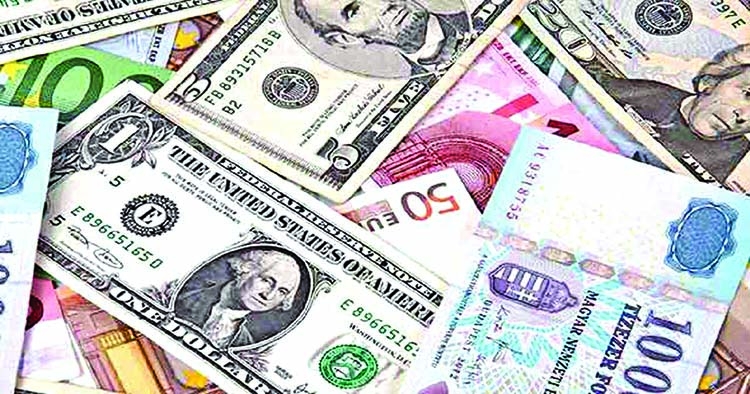
BD continues to see robust remittance inflow

Bangladesh received 922.10 US dollars as remittance in just 10 days from September 1-10, which is almost double compared to the corresponding period in last year 2019.According to Bangladesh Bank data, the country received $534 during the same period last year while $572 in the first 10 days of August last.
Officials at the central bank said the country has been witnessing an increased trend in remittance inflow since the government's declaration of 2 percent incentives for remittance senders in July 2019 in the national budget.
The foreign exchange earnings from non-resident Bangladeshis got a huge boost from the second half of the year after the announcement on the incentives as the average monthly remittance inflow was in between $1.1 billion to $1.2 billion in the first half of 2019.The positive impact on remittance inflow was recorded as the remittance inflow jumped to between 1.4 billion and 1.6 billion from the latter part of 2019.
About this boost in remittance inflow, Finance Minister AHM Mustafa Kamal recently said the government's strategy of providing 2 percent cash incentive for remittance senders played a pivotal role in enhancing the inflow of foreign exchange into the country.
He said a study on the remittance inflow overseen by him when he was the planning minister from 2014 to 2018 found that 51 percent remittance entered the country through legal channels and the rest 49 percent via informal channels.
"This prompted the government to introduce a 2 percent incentive on remittance in the last fiscal year. Besides, the government also addressed the complexities the beneficiaries had been facing while receiving money.
The inflow of remittance would continue," he said. However, most multilateral donor agencies and economists had apprehended that the global pandemic of coronavirus would have a big negative impact as remittance inflow would witness a big fall due to decrease in earnings of migrant workers.
The Asian Development Bank said Bangladesh would be among the five worst developing Asian economies in terms of remittance inflows. In the worst-case scenario, Bangladesh's remittance will decline by 27.8 per cent from its 2018 level.But their predictions proved wrong as the country witnessed substantial rise in remittance inflow. The migrant workers sent home US$1.96 billion in August, up 36 per cent year-on-year.
But the monthly inflow of inward remittance hit an all-time high in July to $2.59 billion, but it declined to $1.96 billion. However, the trend in the first 10 days shows that the remittance inflow may go up over $2.5 billion again this month.According to data received from the Bangladesh Bank, the remittance inflow in July was $1 billion or 62.89 percent higher than the $1.59 billion inflow in July last year.
In June, the last month of the fiscal year 2019-20, some $1.83 billion remittances came in.In recent months, migrants from Bahrain, Kuwait, Oman, Qatar, Saudi Arabia, the United Arab Emirates, Malaysia and the USA, among other countries, have been sending a higher amount of money home.The inflow of remittance increased from US$764 million in 1991 to US$14.9 billion in 2015-2016 and US$18.21 billion in 2019-20.
Editor & Publisher: S. M. Mesbah Uddin
Published by the Editor from House-45,
Road-3, Section-12, Pallabi, Mirpur
Dhaka-1216, Bangladesh
Call: +01713180024 & 0167 538 3357
News & Commercial Office :
Phone: 096 9612 7234 & 096 1175 5298
e-mail: financialpostbd@gmail.com
HAC & Marketing (Advertisement)
Call: 01616 521 297
e-mail: tdfpad@gmail.com